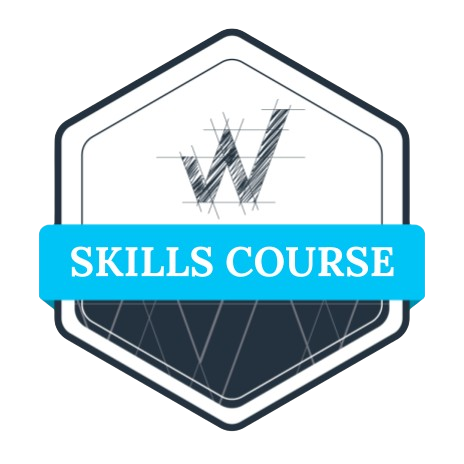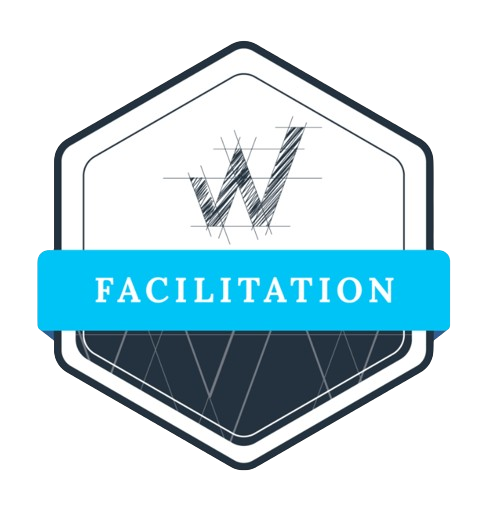ADR – Account Development Rep. This is a highly specialized SDR role. While the SDR focuses on going after a single role in thousands of accounts, the ADR is responsible for implementing account based prospecting and targeting multiple people inside the same account across a few dozen accounts. The ADR is the most senior of the sales development roles. They often have to target executives using provocative sales techniques, and to be successful, they must have a deep understanding of use cases based on the impact achieved by clients.
AE – Account Executive. This role generally will get a vetted list of 20 to 300 named accounts to focus on. They use both provocative and solution sales techniques to start a conversation, and they develop a deeper understanding of the client’s needs through extensive research and discovery calls. They develop multiple touchpoints in the client’s organization, typically over a period of three weeks to nine months, depending on the buying cycle for the product.
AM – Account Managers. AMs are typically introduced at the beginning of a customer relationship after the customer has committed to a partnership with your company. They are responsible for the commercial aspects of the relationship and work across customer success teams to identify expansion and other contract opportunities. Companies typically create AM teams to focus on customer expansion, so that sales roles can focus on acquiring new logos.
Annual Contract Value / Average Contract Value “ACV”. The annualized revenue per customer contract, excluding one-time fees.
Account-Based Marketing (ABM). A targeted growth strategy that aligns a sales organization’s entire go-to-market team around winning and growing a targeted set of high-value accounts.
Asynchronous. A form of communication where the sender and recipient are not required to interact at the same time and place (e.g., through email). In the context of sales, asynchronous primarily refers to the sharing of a pre-recorded (offline) video or the sharing of an electronic document that can be edited or commented on by recipients.
Churn. The rate at which customers stop doing business with an entity; for example, the percentage of service subscribers who discontinue or do not renew their subscriptions within a given time period.
CLV – Customer Lifetime Value. An estimate of the total revenue that an account will generate throughout their lifetime as a customer of the company.
CS. Customer Success. The Customer Success team is responsible for helping customers achieve their desired impact, and typically are focused on reducing churn, driving renewals, and expanding customer accounts. CS leaders at modern recurring revenue businesses are shifting toward treating CS as a profit center, rather than a cost center.
CSM – Customer Success Manager. CSMs proactively drive adoption and net retention. Depending on the company’s maturity, the CSM may be initially responsible for onboarding, quarterly business reviews, support, training, and renewals. Over time as a company grows, a CSM’s role shifts to focus on strategic customer conversations. They typically are not responsible for technical work or support; rather, they build relationships with the customers and ensure that customers are achieving the impact that they expect.
Customer Acquisition Cost (CAC). The total costs associated with winning a new customer.
Cost to Serve (CTS). The direct costs associated with the production and delivery of goods sold by a company.
Desktop sharing. The ability to share a computer screen often used to share presentations.
Document sharing. The cloud-based sharing of a document that can be edited or commented on by recipients simultaneously and in real-time.
Disco/Demo. A common term used in sales that refers to the combining of a discovery call and a product demonstration, which is often done in response to the buyer’s desire to quickly evaluate the product’s functionality and suitability. This approach contrasts with conventional enterprise sales strategies, in which the discovery call and product demonstration are undertaken separately in order to advance the sales process.
Executive Business Review. A meeting between the business and their customer often held quarterly but can be held at any frequency.
Guided Selling. The use of real-time data to determine the best action to take. This has its origins in engineering, where A/B tests are critical to determine the right course of action. Applied to sales, it can be used at high velocity to recommend the course of action with the highest likelihood of a successful outcome.
Hybrid. A combination of synchronous experiences, such as In-Person selling and online selling, but lacking an asynchronous experience.
In-Person meeting. A meeting where people physically meet, often in a conference room.
Inside Sales. A group of remote sellers working together from a single office, using Online Selling and Remote Selling techniques to work with their customers in other locations. They learn exponentially faster (compared to field sales), as they share best practices among all participants in the team.
ISR – Inside Sales Rep. This role combines the MDR (inbound) and AE (closing) roles. This role is typically found in high-velocity sales, where the client can demo the product on their own online through an automatic free trial, and then approach the ISR with the intent to buy. As such, the ISR can manage up to a hundred clients a day (10-20 per hour). The primary role of the ISR is to field an inbound call, address a client’s concern, provide accurate pricing, and obtain commitment from the customer.
MDR – Market Development Rep. This role generates a sales qualified lead (SQL) primarily by having a conversation with an inbound marketing qualified lead (e.g., following up on demo requests or form fills to speak with sales). Other areas of responsibility include confirmation of event attendance, such as webinars and trade shows. This role is often most meaningful in inbound businesses, and typically reports into Marketing.
Meetingless Interaction. An asynchronous communication where the sender and recipient convey and consume information at their own time, without being required to meet at the same time and place. Meetingless Interaction generally involves the use of content-based communication tools and is designed to achieve the same outcome as a synchronous meeting, while saving time and resources otherwise consumed by advanced scheduling and/or in-person travel (related: see Asynchronous).
Net Revenue. The gross sales of an entity, adjusted by subtracting direct selling expenses such as returns, discounts and commissions.
Onboarding. The action or process of integrating a new customer with the products and services after purchasing.
Onboarding Managers. These are specialists who drive initial deployment. Like a sales engineer, they support the initial setup of the customer’s account and support the enablement of key moments at the beginning of the customer journey. This role is critical to ensure the customer sees value early in the partnership, serving to drive adoption and net retention. Typically, a key milestone that the Onboarding Manager is focused on is the point when the customer goes live with their product.
Online Selling. Selling via a combination of video conferencing, and desktop sharing.
PoC – Proof of concept. a testing period of days or weeks to test that a product works as advertised.
Recurring Revenue. A recurring revenue business is one in which customers purchase the product or service on a recurring basis rather than one-time; it is typically the backbone of a SaaS business. Businesses are able to drive sustainable recurring revenue by delivering recurring impact to their customers.
Remote Selling. A professional experience using the combination of video conferencing and screen sharing by a sales professional from a remote location.
SA – Solution Architect. Although similar in nature to the SE, the SA is more focused on customizing the product to the client’s needs, and less on integration within their existing infrastructure. For example, the SA will set up the client’s dashboard to their specific needs, whereas the SE ensures the proper usage of APIs. Similar to the sales development roles, at some companies the term SE and SA may be interchangeable.
SDR – Sales Development Rep. This role focuses on a region or vertical in which they develop sales qualified leads from scratch. This means they have to start a conversation and provoke a decision maker into action, handle objections, and encourage a call-to-action such as meeting with an Account Executive (AE) or attending an event. Due to the sales-like skills required, this role should generally report into Sales.
SE – Sales Engineer. This role is one of the key functions in platform sales, where the product has a higher level of complexity. The SE is responsible for the sales support before the client commits, and for the integration of the software within the existing tool stack after the client commits. A highly skilled SE can modify the product to ensure it works within the client’s environment. They are often the most qualified resource on the call, and both the seller and buyer typically put a lot of trust in the SE. The SE’s role may expand beyond the point of commitment, meaning that they are responsible for overseeing the implementation of what they recommended.
SaaS. Popular abbreviation for either “Software as a Service” or “Sales as a Science”.
Sales Cycle. The amount of time needed to convert an opportunity into a commitment (win); linked closely with the sales process that a company uses.
SM – Sales Manager. This role is responsible for all business within a territory, vertical market, or customer segment. The Sales Manager typically will have anywhere from 4-10 individual sales reps reporting to her, and is focused on managing the team to ensure they meet individual and/or team quotas.
SMB. A business with anywhere from 20 to 999 employees, that uses a single-tier buying process. The deal size typically falls in the range of $5,000 to $100,000, and can involve multiple decision makers in a single tier.
TAM – Technical Account Manager. A TaM focuses on providing services to the customer such as custom integrations and migrations. They typically have a technical background and/or experience, as well as customer management skills. An increasing number of companies with complex product implementations are recognizing the need for a TAM across customer success teams, while others are hiring TAMs instead of CSMs.
Upsell. Upselling is a sales technique used to get a customer to spend more by buying an upgraded or premium version of what’s being purchased.

